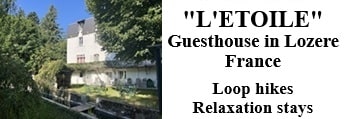Pont-de-Montvert in Lozère |
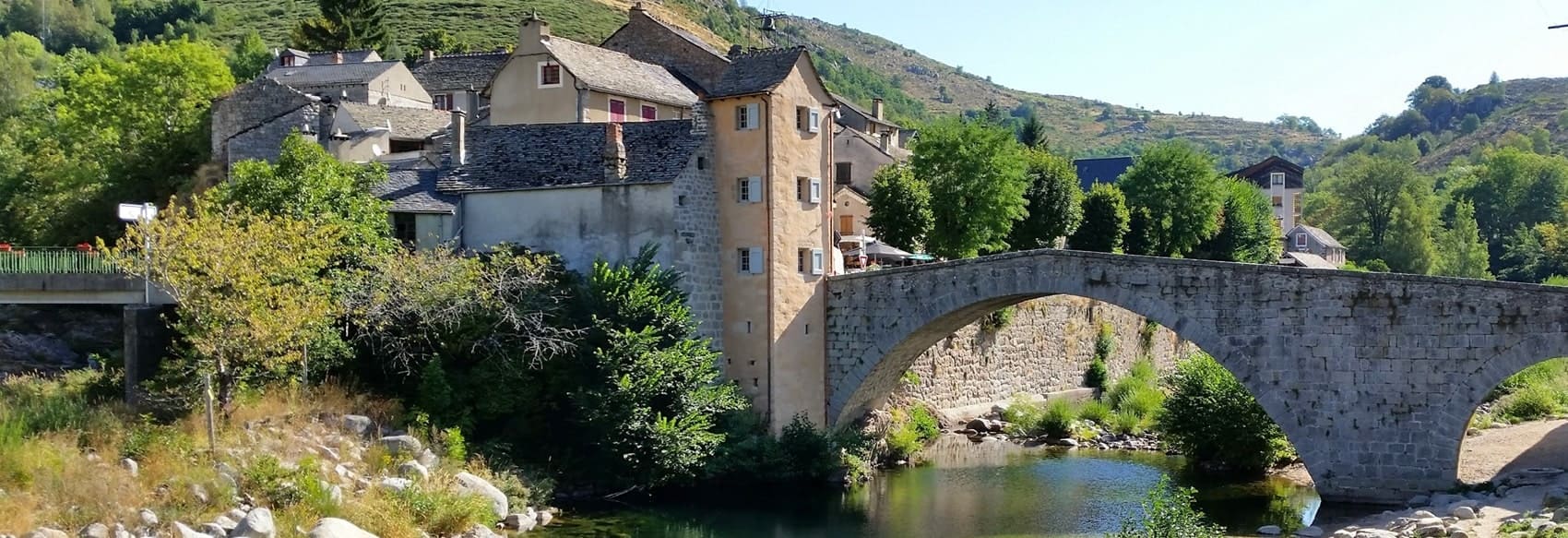
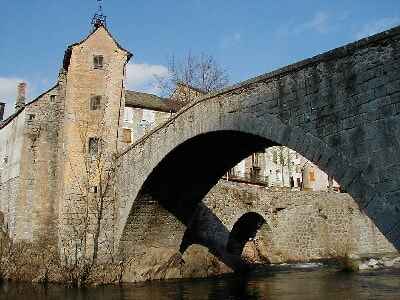 Le Pont-de-Montvert is a commune located in the Lozère department, in the Occitanie region. The town is situated in the Cevennes National Park, near Mont Lozère, and is crossed by the Tarn River. The Tarn originates on Mont Lozère, at an altitude of 1,560 meters. It flows through the Lozère department for about 100 kilometers before flowing into the Garonne. The Tarn is a wild and preserved river.
The commune of Pont-de-Montvert extends over a large part of the southern slope of Mont Lozère and encompasses about fifteen hamlets. The village, surrounded by lush slopes, is nestled at the confluence of the Tarn, Rieumalet, and Martinet valleys.
Le Pont-de-Montvert is a commune located in the Lozère department, in the Occitanie region. The town is situated in the Cevennes National Park, near Mont Lozère, and is crossed by the Tarn River. The Tarn originates on Mont Lozère, at an altitude of 1,560 meters. It flows through the Lozère department for about 100 kilometers before flowing into the Garonne. The Tarn is a wild and preserved river.
The commune of Pont-de-Montvert extends over a large part of the southern slope of Mont Lozère and encompasses about fifteen hamlets. The village, surrounded by lush slopes, is nestled at the confluence of the Tarn, Rieumalet, and Martinet valleys.
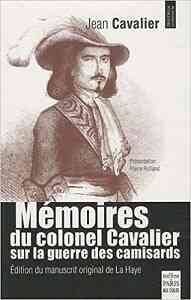 Le Pont-de-Montvert is known for its tumultuous history during the Wars of Religion in France. In 1702, the camisard leader Jean Cavalier achieved a victory here against the royal troops. A memorial has been erected in the village square to honor this battle. As the son of a Protestant farmer, Jean Cavalier grew up in a context of religious persecution. He was forced to flee his village at the age of 17 to escape the dragonnades, royal troops sent to forcibly convert Protestants.
Le Pont-de-Montvert is known for its tumultuous history during the Wars of Religion in France. In 1702, the camisard leader Jean Cavalier achieved a victory here against the royal troops. A memorial has been erected in the village square to honor this battle. As the son of a Protestant farmer, Jean Cavalier grew up in a context of religious persecution. He was forced to flee his village at the age of 17 to escape the dragonnades, royal troops sent to forcibly convert Protestants.
In 1702, he joined the camisards, a group of rebellious Protestants fighting against King Louis XIV. He quickly distinguished himself by his military leadership skills and bravery. He won several important victories against the royal troops. Jean Cavalier was also known for his prophetic visions. He believed that God had chosen him to lead the Protestants to victory. His visions helped inspire his followers and keep them united in the struggle.
In 1704, Jean Cavalier signed the Peace of Alès, which ended the camisard revolt. He obtained honorable conditions for his supporters, including freedom of worship and the right to leave France. After the Peace of Alès, Jean Cavalier chose to go into exile. He lived in Switzerland, the Netherlands, and England. He died in Chelsea in 1740. Jean Cavalier is an important figure in French Protestant history. He is regarded as a hero by Protestants around the world. His courage, determination, and faith have inspired generations of Protestants.
Le Pont-de-Montvert is also a starting point for hikes in the Cevennes National Park. The region offers beautiful landscapes, with mountains, rivers, and forests, as well as a rich and varied fauna and flora. Outdoor activities such as hiking are popular. The GR®70 Chemin de Stevenson runs through the village, as do the GR®72 and GR®736.
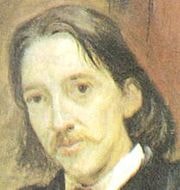 Robert Louis Stevenson arrived at Pont-de-Montvert on September 22, 1878. He stayed in the village inn, which still exists today. Le Pont-de-Montvert inspired Stevenson greatly. He was fascinated by the history of the village, which was a center of Protestant resistance in the 17th century. He was also impressed by the beauty of the surrounding landscapes. Stevenson wrote several passages in his book about Pont-de-Montvert, describing the village as "a wild and romantic place." He also wrote about the villagers, whom he found "kind and hospitable."
Robert Louis Stevenson arrived at Pont-de-Montvert on September 22, 1878. He stayed in the village inn, which still exists today. Le Pont-de-Montvert inspired Stevenson greatly. He was fascinated by the history of the village, which was a center of Protestant resistance in the 17th century. He was also impressed by the beauty of the surrounding landscapes. Stevenson wrote several passages in his book about Pont-de-Montvert, describing the village as "a wild and romantic place." He also wrote about the villagers, whom he found "kind and hospitable."
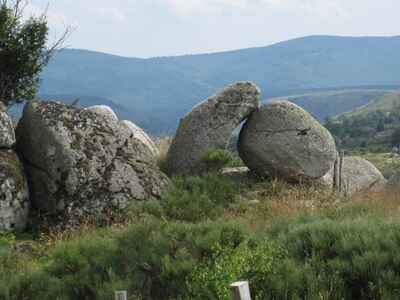 The
Cevennes and Mont Lozère.
The
Cevennes and Mont Lozère.
Beautiful and rebellious nature at the same time, between Aigoual and Mont Lozère, in the southeast of the department, the land of the Cevennes presents a strong contrast between the rigors of mountain life and the softness of the Mediterranean climate.
It is the land of schist and steep valleys, steep rocks, and steep slopes at the bottom of which wander numerous streams and torrents. It is also the land of maquis and beech forests, fir trees, oak forests, and especially of the chestnut grove.
Its ruggedness does not offer less than a secret and beautiful nature where countless hamlets with squat houses have breathed life into these impenetrable mountains. On the difficult slopes, the terracing system has allowed the cultivation of "the golden tree," the famous mulberry tree, which, along with the adventure of silk, has made the country wealthy, but especially "the bread tree," or chestnut tree, a symbol of the Cevennes and food for generations of Cevenol inhabitants.
Established in 1970, the Cevennes National Park works on the conservation of animal and plant species but also on harmonious development between man and his environment, as it is the only inhabited national park. From Florac to Saint-Germain-de-Calberte, country of winding roads, the Cevennes abound with picturesque circuits offering breathtaking views and admirable sites. It is a dream place for beautiful and cultural getaways. To the west, the majestic granite barrier of Mont Lozère contrasts with its "bald" peaks and the gentleness of its reliefs. Nicknamed "mountain of springs," it rises to 1700 meters in altitude. The pedestrian paths laid out there offer magnificent walks. In winter, snow covers Mont Lozère, which can be traversed on cross-country skis at Bleymard or at Mas de la Barque, before warming up at the wellness center of the thermal resort of Bagnols-les-Bains.
***
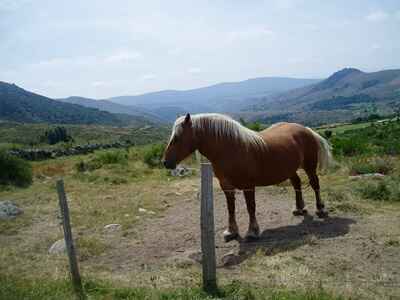 His name was Julien, and he had always dreamed of walking the Stevenson path, this famous route of 272 kilometers that follows the traces of Scottish writer Robert Louis Stevenson through the Cevennes. He had prepared his backpack, his hiking stick, and his guide, and he had set off from Le Monastier-sur-Gazeille, in Haute-Loire, one autumn morning. He had crossed varied landscapes, from volcanic plateaus to lush valleys, passing through picturesque villages and medieval castles. He had met welcoming people who had offered him lodging and food, and who had told him stories about the land. He had also encountered other hikers with whom he shared moments of conviviality and mutual aid. But what he looked forward to the most was crossing Mont Lozère, the highest point of the trail, at 1699 meters above sea level. He knew that it was there that Stevenson had faced the greatest difficulties, but also the most beautiful emotions. He wanted to feel the same and be close to the author he admired so much.
His name was Julien, and he had always dreamed of walking the Stevenson path, this famous route of 272 kilometers that follows the traces of Scottish writer Robert Louis Stevenson through the Cevennes. He had prepared his backpack, his hiking stick, and his guide, and he had set off from Le Monastier-sur-Gazeille, in Haute-Loire, one autumn morning. He had crossed varied landscapes, from volcanic plateaus to lush valleys, passing through picturesque villages and medieval castles. He had met welcoming people who had offered him lodging and food, and who had told him stories about the land. He had also encountered other hikers with whom he shared moments of conviviality and mutual aid. But what he looked forward to the most was crossing Mont Lozère, the highest point of the trail, at 1699 meters above sea level. He knew that it was there that Stevenson had faced the greatest difficulties, but also the most beautiful emotions. He wanted to feel the same and be close to the author he admired so much. He arrived at the foot of Mont Lozère one evening, after walking all day. He found a refuge where he could rest and warm up. He went to bed early because he wanted to get up at dawn to begin the ascent. He fell asleep thinking about the spectacle that awaited him at the summit.
He arrived at the foot of Mont Lozère one evening, after walking all day. He found a refuge where he could rest and warm up. He went to bed early because he wanted to get up at dawn to begin the ascent. He fell asleep thinking about the spectacle that awaited him at the summit.